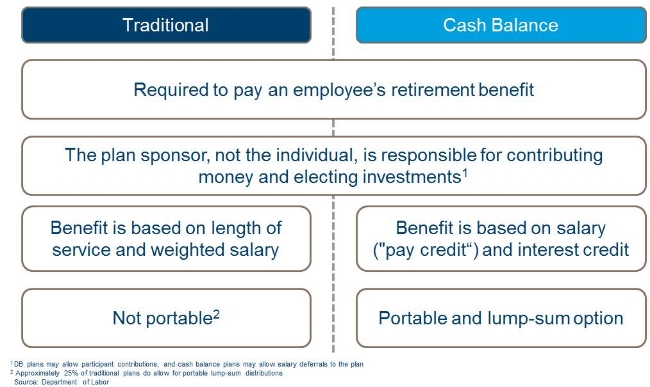Contributed by: James Smiertka
We’d all like to think that we can all count on receiving Social Security benefits during our lifetimes if we work and reach retirement. But in the case that the unforeseen happens, it is important to know how Social Security benefits can affect our survivors. When someone dies who has worked and paid Social Security taxes over their lifetime, certain family members may be eligible for survivor benefits.
Per the Social Security Administration, there are approximately 5 million widows/widowers receiving Social Security benefits based on their deceased spouse’s earnings record. This can be a very important part of a survivor’s overall income.
What are the benefits that a deceased’s surviving family members might be eligible for?
A widow/widower can receive a reduced benefit as early as age 60 or full benefits at their full retirement age (FRA). At FRA, they would receive their full benefit, but if they applied between age 60 and FRA they would receive an amount that equals between 71.5% and 99% of their benefit. Divorced surviving spouses are also eligible if the marriage lasted 10 or more years and they did not remarry before age 60 (age 50 if disabled).
A widow/widower can begin be benefits as early as age 50 if he/she is disabled with the disability starting before or within seven years of the deceased spouse’s death. In addition, if the widow/widower gets remarried after age 60 it will not affect their eligibility (again, age 50 if disabled).
Surviving spouses and ex-spouses caring for a child, or children, of the deceased spouse (with the child being under age 16 or disabled) are eligible to receive 75% of the deceased spouse’s benefit at any age. Note: A survivor benefit is treated the same in regards to the earnings test with the benefit being reduced based on any earnings if the recipient is under FRA. Check out the blog I wrote previously on the earnings test for more information.
Surviving unmarried children & dependent parents can also receive survivor benefits depending on the circumstances. Keep in mind that the aggregate amount that a family receives in survivor benefits is limited to around 150% to 180% of the deceased worker’s benefit. Here is a breakdown of the amount of benefits survivors may receive:
Widow or widower, FRA or older: 100 percent of the deceased worker's benefit amount
Widow or widower, age 60 to FRA: 71½ to 99 percent of the deceased worker's basic amount
Disabled widow or widower aged 50 through 59: 71½ percent
Widow or widower, any age, caring for a child under age 16: 75 percent.
A child under age 18 (19 if still in elementary or secondary school) or disabled: 75 percent.
Dependent parent(s) of the deceased worker, age 62 or older:
One surviving parent: 82½ percent.
Two surviving parents: 75 percent to each parent.
How this information could affect you: If your survivor’s benefit is more than your own benefit, it may make sense to receive this benefit at age 60, as the Social Security Administration states that “survivor benefits based on age will be about the same total amount over a lifetime.” If your own benefit will be greater you are able to switch to your own benefit at age 62 to 70. Additionally, in some cases it can make sense for the spouse with the higher benefit to suspend/grow their benefit until age 70 (depending on age & life expectancy of both spouses) in order to provide a larger survivor benefit to the potential surviving spouse. Even after many lost the ability to file & suspend with the recent Social Security law change, there are still strategies & items to be aware of that can help you be most efficient with your plan. As always, contact your financial planner with any questions or concerns.
James Smiertka is a Client Service Associate at Center for Financial Planning, Inc.
https://www.ssa.gov/ The information contained in this report does not purport to be a complete description of the securities, markets, or developments referred to in this material. The information has been obtained from sources considered to be reliable, but we do not guarantee that the foregoing material is accurate or complete. Any information is not a complete summary or statement of all available data necessary for making an investment decision and does not constitute a recommendation. Any opinions are those of James Smiertka and not necessarily those of Raymond James. There is no guarantee that these statements, opinions or forecasts provided herein will prove to be correct. Links are being provided for information purposes only. Raymond James is not affiliated with and does not endorse, authorize or sponsor any of the listed websites or their respective sponsors. Raymond James is not responsible for the content of any website or the collection or use of information regarding any website's users and/or members.


















